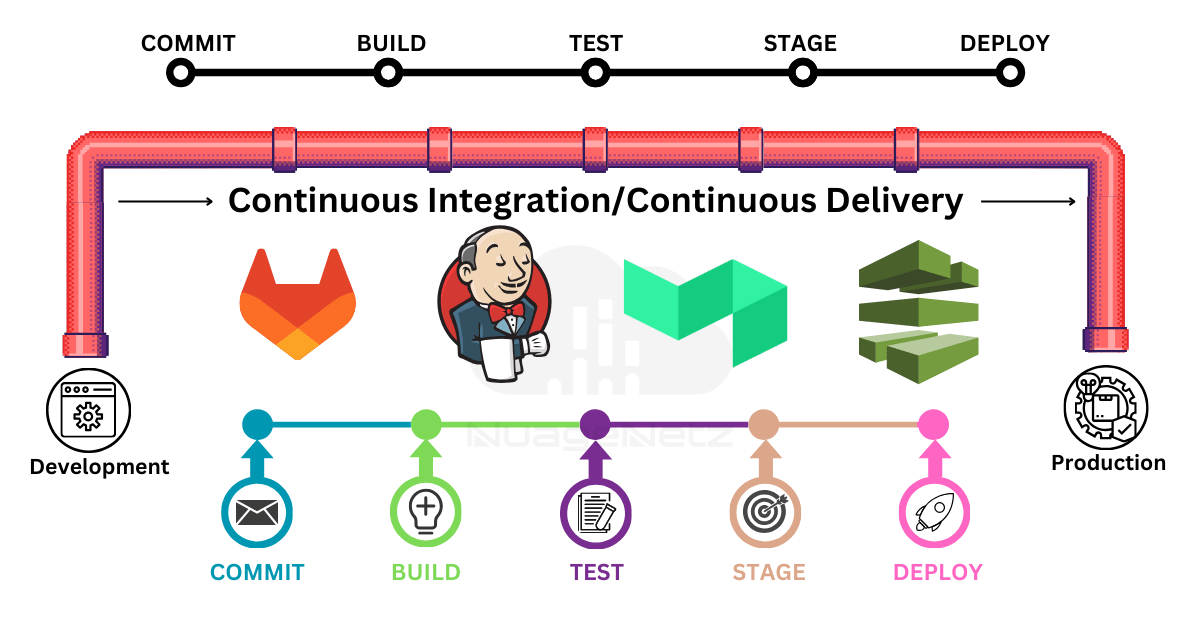In modern software development, Continuous Integration and Continuous Delivery (CI/CD) pipelines play a crucial role in streamlining the development, testing, and deployment processes. Optimizing CI/CD pipelines can significantly improve productivity, code quality, and time-to-market for software projects. CI/CD pipelines integrate with version control systems like Git to automatically trigger actions based on code commits, enabling developers to focus on writing code while automated processes handle testing and deployment tasks.
Overview of CI/CD Pipelines
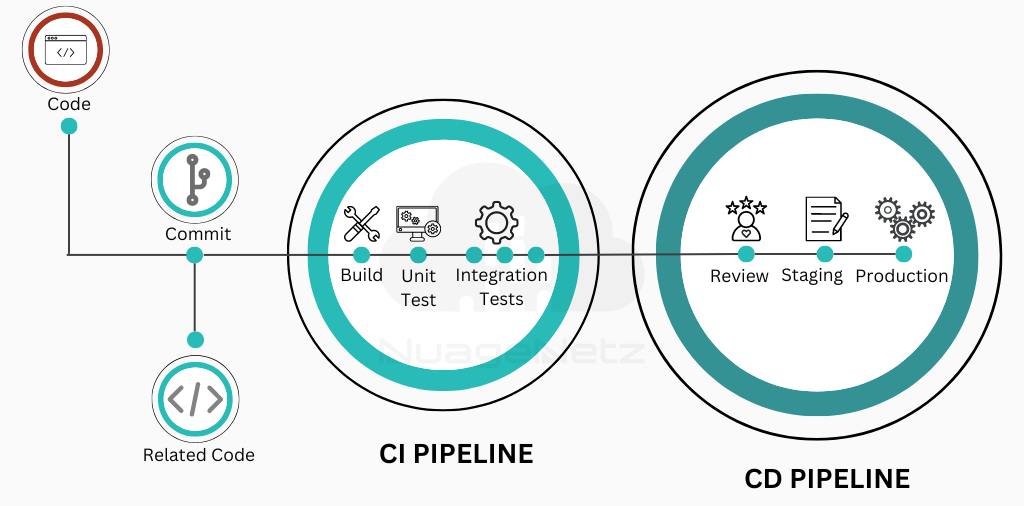
CI/CD pipelines represent a set of automated processes that allow developers to build, test, and deploy code changes efficiently and consistently. They help teams deliver high-quality software at a rapid pace by automating repetitive tasks and ensuring seamless integration of new code into existing codebases. It will reduce manual tasks for the development team which in turn reduces the number of human errors while delivering fast results. All these contribute towards the increased productivity of the delivery team.
Importance of Optimizing CI/CD Pipelines
Optimizing CI/CD pipelines is crucial for reducing manual errors, increasing deployment frequency, and enhancing overall productivity within development teams. By leveraging tools like Jenkins effectively, organizations can achieve greater agility and responsiveness in their software delivery cycles.
Understanding CI/CD Pipelines:
What are CI and CD?
- Continuous Integration (CI) : It involves regularly integrating code changes from multiple developers into a shared repository. CI aims to detect integration errors early by automating build and test processes.
- Continuous Delivery (CD) : It focuses on automating the software delivery process to ensure that code changes can be reliably and rapidly delivered to production environments.
Components of a CI/CD pipeline
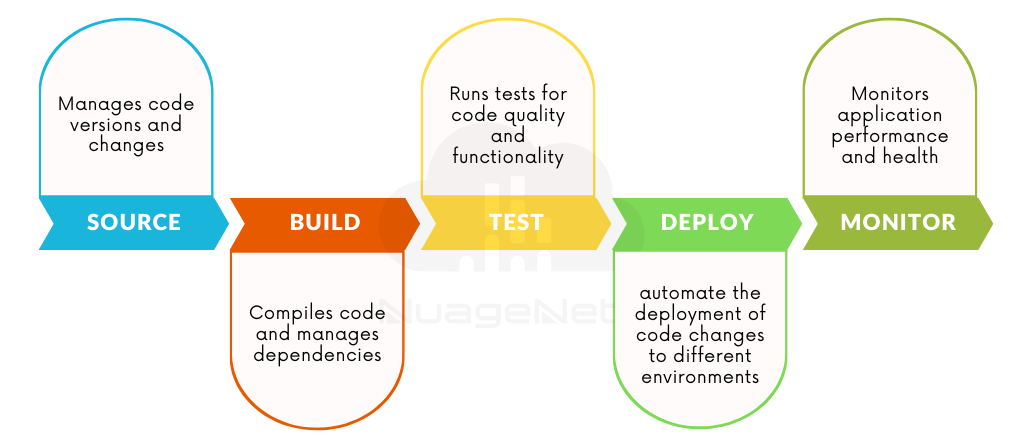
- Source Control : Managing code changes using version control systems like Git.
- Build : Compiling source code into executable artifacts.
- Test : Running automated tests (unit, integration, and regression tests) to validate code changes.
- Deploy : Automating deployment processes to various environments.
- Monitor : Monitoring application performance and health post-deployment.
How CI/CD differs and relates to DevOps and Agile :
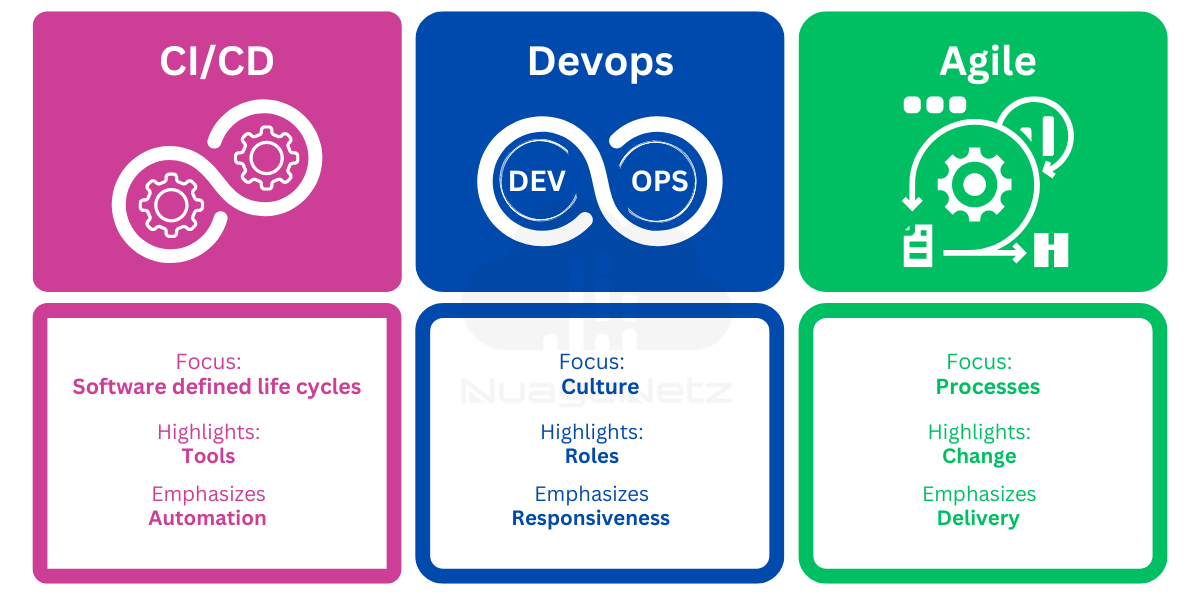
Benefits of CI/CD pipelines for development teams
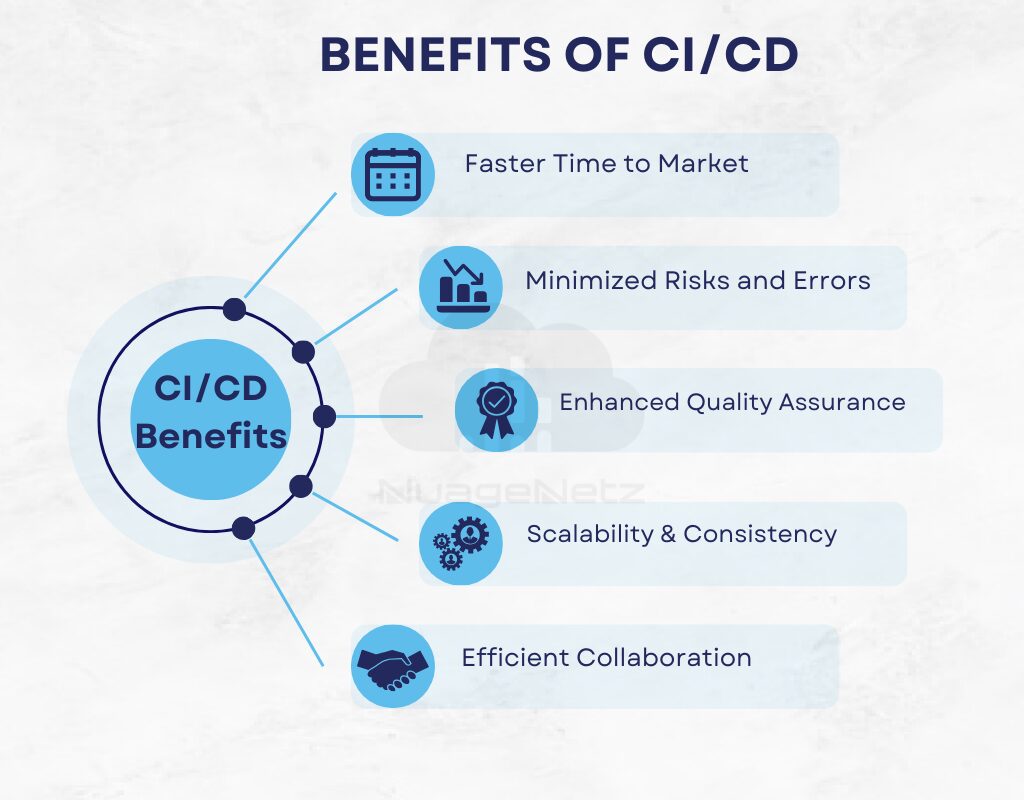
- Faster Feedback : Detecting and fixing issues early in the development cycle.
- Consistent Builds : Ensuring that code builds and deploys consistently across different environments.
- Reduced Risk : Automating testing and deployment processes reduces the risk of manual errors.
- Improved Collaboration : Encouraging collaboration among developers, testers, and operations teams.
What are CI/CD tools?
Continuous Integration (CI) and Continuous Deployment (CD) are key practices in modern software development that aim to streamline and automate the process of building, testing, and deploying code changes. CI/CD tools help development teams achieve these goals by automating various stages of the software development lifecycle. Now, let’s dive into some popular CI/CD tools:
Some popular CI/CD tools :

1. Jenkins
Jenkins is one of the most popular open-source CI/CD automation servers. It offers a vast array of plugins, enabling seamless integration with various development, testing, and deployment tools. Jenkins provides flexibility and scalability, making it suitable for projects of all sizes.

2. GitLab CI/CD
GitLab offers an integrated CI/CD platform as part of its Git repository management solution. It provides features such as version control, issue tracking, and code review alongside robust CI/CD pipelines. GitLab CI/CD simplifies workflow management and collaboration for development teams.
![]()
3. CircleCI
CircleCI is a cloud-based CI/CD platform known for its speed and ease of use. It supports automatic parallelization, allowing teams to run multiple jobs concurrently for faster builds and tests. CircleCI integrates seamlessly with popular version control systems like GitHub and Bitbucket.

4. Azure Pipelines
Azure Pipelines is a cloud service provided by Microsoft Azure that allows you to automatically build, test, and deploy your code to various platforms and cloud environments. It supports continuous integration (CI) and continuous deployment (CD) processes, helping teams deliver code changes more efficiently and reliably.

5. ArgoCD
ArgoCD is a popular open-source continuous delivery (CD) tool for Kubernetes applications. It helps automate the deployment and management of applications on Kubernetes clusters, ensuring that the desired state of your applications matches the actual state in your clusters.
 6. Buildkite
6. Buildkite
Buildkite is a modern continuous integration and delivery (CI/CD) platform designed to streamline and automate software development workflows. It provides a flexible and scalable infrastructure for teams to build, test, and deploy code efficiently and reliably. Buildkite offers a range of features and integrations that empower development teams to manage their CI/CD pipelines effectively, regardless of project size or complexity.
AWS CodePipeline is a continuous integration and continuous delivery service provided by Amazon Web Services (AWS). It automates the build, test, and deploy phases of your release process for software applications. With AWS CodePipeline, you can create automated workflows, enabling you to accelerate the delivery of your software updates. It integrates with various AWS services as well as third-party tools, making it easier to set up a complete release pipeline for your applications.
Conclusion
In conclusion, optimizing CI/CD pipelines with tools like Jenkins, Azure Pipelines, ArgoCD, CircleCI etc. empowers DevOps teams to accelerate software delivery, enhance quality, and adapt to evolving development needs. By embracing automation, security best practices, and continuous improvement strategies, teams can unlock efficiency gains, foster innovation, and deliver value to stakeholders consistently. Cheers to exploring and implementing advanced CI/CD strategies for a brighter, more efficient software development future!
About Us
NuageNetz IT Services Pvt. Ltd. is a cutting-edge IT company that specializes in Cloud Computing, Web Development, DevOps and Agile Methodologies. Our team of skilled professionals is dedicated to providing exceptional services to our clients using the latest technologies and tools
Got Something to say about our Blog?
Have something to say? Drop your thoughts, feedback, or questions in the comments below!
